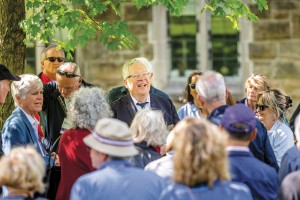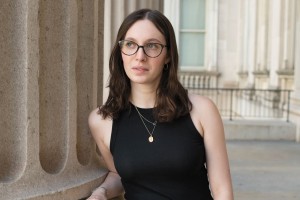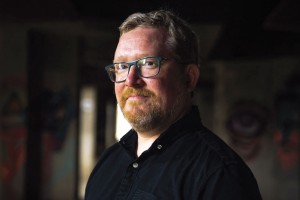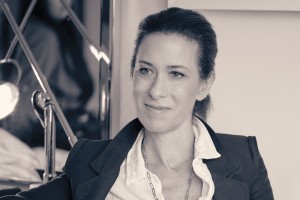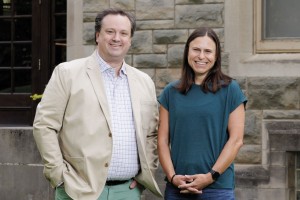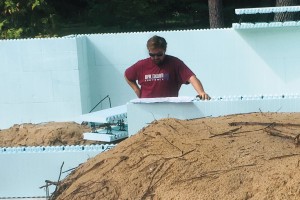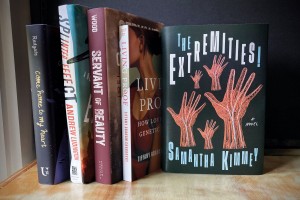The Kenyon Alumni Starter Kit
24 ways to reconnect, stay engaged and make the most of your Kenyon community.
Read The StoryWhile interning at the United States Attorney’s Office for the Southern District of New York, Sacha Franjola ’26 discovered unexpected connections.
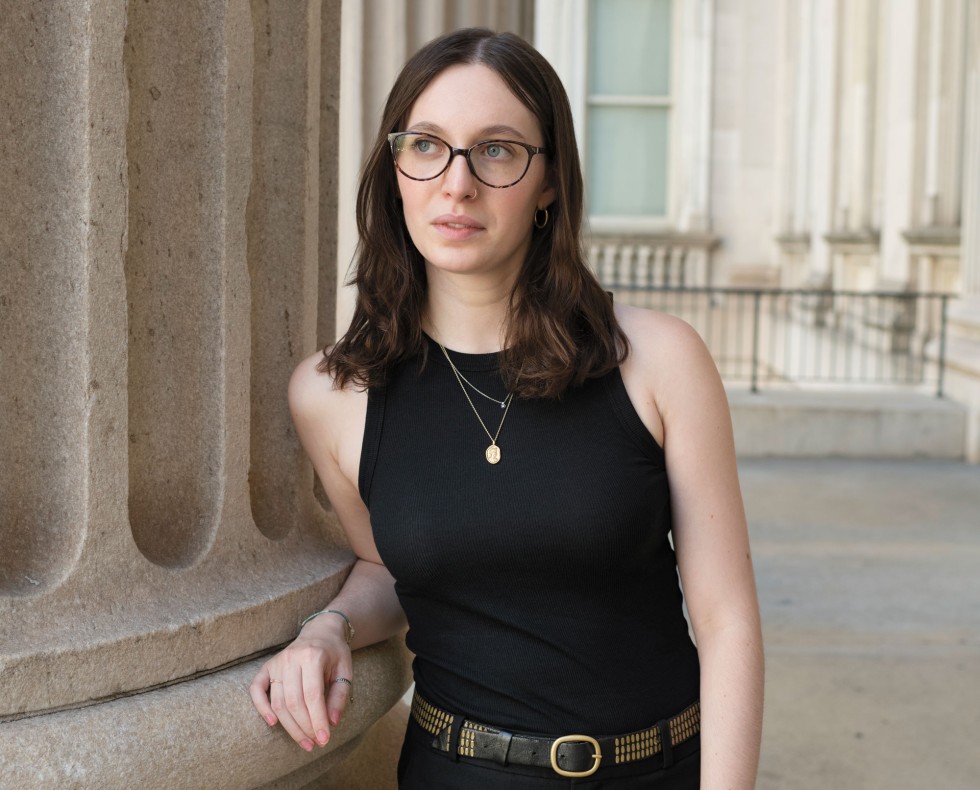
Lots of people have a “happy place” that they retreat to in unpleasant situations, like when sweating bullets in business-casual workwear on a subway platform at eight in the morning. As a means of escape, I closed my eyes and placed myself in the classical galleries of the Metropolitan Museum of Art. Cold air conditioning, dense wall text, and a trove of marble statues — many of them stolen or trafficked — seeming to glow beneath the lenses of visitors’ iPhone cameras. Paradise.
The arrival of a downtown 3 train brought me back to reality. I was en route to my summer internship with the United States Attorney’s Office for the Southern District of New York (SDNY). A few weeks in, I was just starting to find my footing amid piles of legal process requests and trial preparations. In my interview for the position a few months prior, I had gushed about my research in international cultural heritage law as a Summer Legal Scholar at Kenyon. My professed fascination with international legal proceedings ultimately landed me a placement in SDNY’s National Security and International Narcotics Unit.
At first, I bristled at the idea of immersing myself in a field that felt so detached from my all-consuming academic work. Studying ancient art history, looting and restitution felt like who I was; after all, it had facilitated some of my best Kenyon memories, including a transformative spring break trip to Greece as part of my “Greek Archaeology” coursework. Deep into preparations for my honors thesis on art restitution, I worried that the inner workings of the national security unit would be impossible to reconcile with my art history background. You can’t, I reasoned, at the ripe old age of 21, teach an old dog new tricks.
Of course, this not-so-old dog learned many new tricks from SDNY. Despite my initial misgivings, I grew to love the delicate, important work of the national security unit. My research experience (and the many hours I had spent staring at works of art, for class and for pleasure) had sharpened my eye for detail, allowing me to contribute in ways that felt meaningful and urgent. The “good writing” and “good thinking” I had done at Kenyon helped me become a key part of the team, complementing the efforts of the paralegals and assistant U.S. attorneys with a well-worded email here and a deadline quickly met there.
Happily, my worries about being unable to square my academics with my internship proved unfounded. Working for SDNY helped me understand the legal systems that underpin my studies, and showed me that my research prowess — and my fascination with looted artifacts — might be assets in my future legal career.
The most important thing I learned, then, wasn’t how to scan trial transcripts or what to wear to court. It was this: Be flexible, and trust yourself. Maybe my next life-altering opportunity will come in the form of a detour into a subject I’ve never explored, or another surprise internship placement into a field that reminds me why I want to be a lawyer in the first place. Whatever it is, though, I know I’ll be ready to greet it. And in the harder moments, I can retreat to another happy place of mine: in the Chalmers stacks, knee-deep in exhibition catalogues, working through a research question with zeal and confidence.
Sacha Franjola ’26 is an art history major from New York City and an aspiring attorney.
24 ways to reconnect, stay engaged and make the most of your Kenyon community.
Read The StoryLooking back at the work and legacy of Graham Gund ’63 H’81, who died in June.
Read The StoryMeet the alumni entrepreneurs, makers and innovators reshaping the food business.
Read The Story